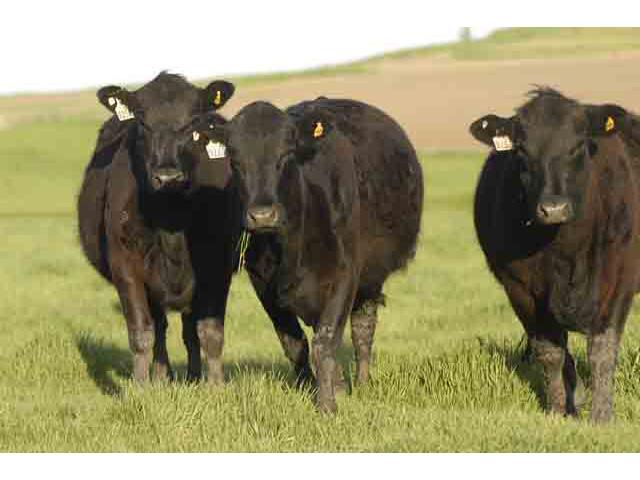Sort and Cull
Reduction in Weekly Cow Kill Could Help Keep Cash Cattle Prices Higher
Last week's cash cattle trade was slow to develop as just a handful of Southern cattle were traded on Thursday afternoon. But Friday's trade caught the attention of the market as packers and feedlots went toe to toe through the end of the day and only a handful of cattle were traded by USDA's reporting time at 2:00 p.m. CDT.
Last week Southern live cattle traded anywhere from $184 to $190, but mostly at $185, which is just $1.00 lower than the previous week's weighted average. Northern dressed cattle traded from $298 to mostly $301, which is $1.00 lower than the previous week's weighted average. Last week's negotiated cash cattle trade totaled 64,120 head. Of that 81% (52,096 head) were committed to the nearby delivery while the remaining 19% (12,024 head) were committed to the deferred delivery.
The dynamics of the cash cattle market are especially interesting right now because all parties are walking a tightrope, trying to perfectly balance the ideal weekly outcome to best strategize their positions moving forward. Feedlots know the market will likely come under pressure late into June or early in July as on-feed supplies grow. Which is why it's essential feedlot managers work the market to the best of their ability to start the summer out at the highest cash price attainable. The only caveat I see potentially debunking the summer's normal cash cattle market softness is the fact the industry is currently processing fewer beef cows.
P[L1] D[0x0] M[300x250] OOP[F] ADUNIT[] T[]
Thus far through 2024, the market has averaged processing 57,106 head of beef cows on a weekly basis, which is considerably lower given the fact that in recent years the industry has seen mass liquidation. To date, in 2023 weekly cow slaughter averaged 67,226 head, and in 2022 the market was averaging 74,910 head on a weekly basis.
The market will have to wait to see how significantly the reduction in beef cow processing affects the cash cattle market in the weeks ahead; but it's undeniably a market dynamic that needs monitored as fewer cows killed means packers may have to process more fed cattle than they originally planned.
Thankfully with beef demand remaining strong, packers should continue to be engaged in the cash sector. Throughout last week's market, choice cuts averaged $316.05 (up $2.80 from the previous week) and select cuts averaged $302.21 (down just $0.32 from the previous week.
**
If these topics interest you, I highly recommend you join us Friday, June 14, for the DTN Ag Summit Series Event: Navigating the Cattle Market's Ups and Downs. This will feature two presentations, one by me addressing the current cattle market and what may lay ahead for the rest of the 2024 calendar year, and another session by Rabo Bank focused on LRPs. If you'd like to register for the series, click the link here: https://events.zoom.us/…
ShayLe Stewart can be reached at ShayLe.Stewart@dtn.com
(c) Copyright 2024 DTN, LLC. All rights reserved.




